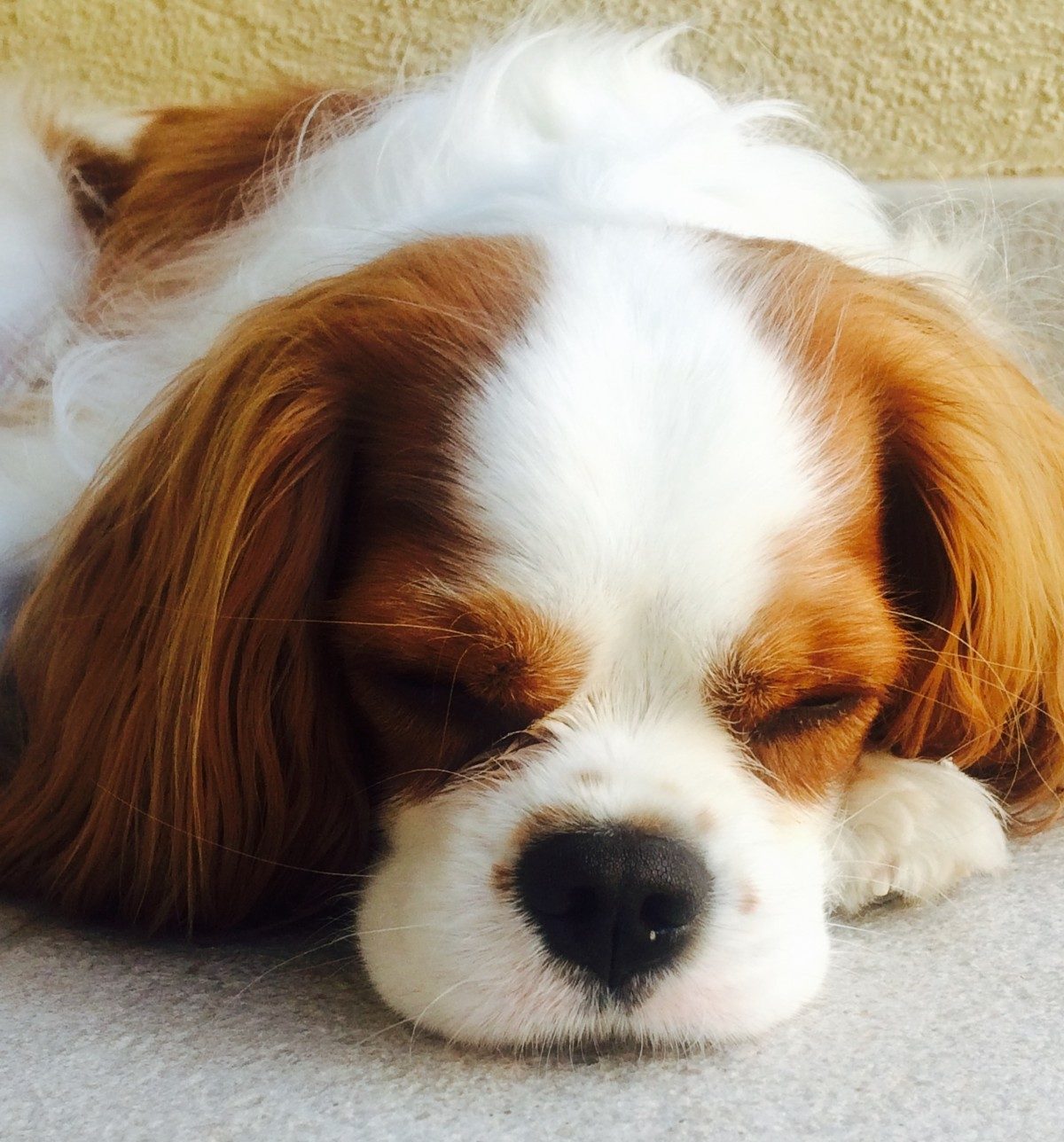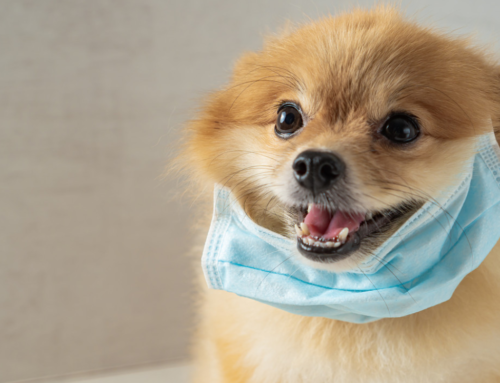When traveling, most animals lack the capacity to understand what’s going on. Stress, panic, and general anxiety can occur in even the most tranquil animals when thrust into a scary, unfamiliar situation. As a result, it can be difficult to anticipate your pet’s behavior on flights. You may be tempted to take the “easy way out” by sedating your pet for the duration of the trip. Pet sedation is among the most controversial pet travel topics. Around half of the airline’s we’ve researched explicitly forbid sedation. Others are more lenient.
But, you might be asking yourself, what’s the harm in going to sleep for a few hours? We asked the same question, and here’s what our research revealed.
Animal Breeds as a Health Risk Factor for Air Travel
According to the American Veterinary Medical Association (AVMA), sedating cats or dogs during air travel may increase the risk of heart and respiratory problems. Per their website:
It is recommended that you DO NOT give tranquilizers to your pet when traveling by air because it can increase the risk of heart and respiratory problems. Short-nosed dogs and cats sometimes have even more difficult with travel. Airlines may require a signed statement that your pet has not been tranquilized prior to flying.
The aforementioned short-nosed animals, also known as snub-nosed or brachycephalic animals, beg for a little more information. These animals are often excluded from any type of air travel. Most airlines prohibit snub-nosed breeds, such as boxers, Persian cats, and bulldogs, because these animals may have pre-existing respiratory issues which can be exacerbated in transit. Sedation may work to amplify the effect of a smaller, tighter respiratory tract, causing asphyxiation. Many of the pet death stories you’ve heard about over the years involve either snub-nosed animals and/or heavily sedated pets.
Other Risk Factors Associated with Pet Sedation
Though cargo holds and cabins are pressurized and climate control, there is no guarantee that an animal will react to altitude and engine noise. Moreover, these climate control systems may not be operational when the cargo is first loaded on the plane. You may have noticed, too, how the cabin can be unusually warm when you first board the plane. Stress, heat, and sedation are a bad combination. That said, little research exists that actually documents the effect moderate sedation has on animals traveling in planes.
Bottom line, animals respond differently to sedatives and tranquilizers under normal circumstances, and air travel creates another layer of uncertainty and health risk. If you’re worried about how your animal might react to air travel, you can take certain precautions to lower his stress levels. Pre-conditioning your pet to travel in his carrier is an excellent way to create a comfortable environment. Additionally, rewarding your animal with treats throughout the journey can create a positive experience and association with travel. If, however, you believe your pet may react poorly to air travel without sedatives, we recommend you explore other travel options, or leaving the pet at home.




